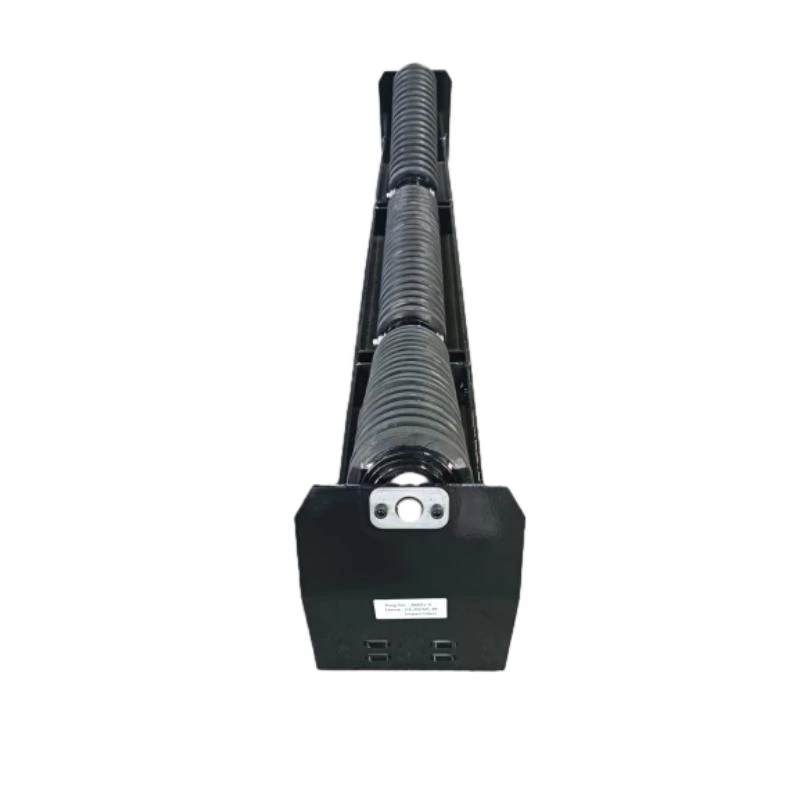 Afrikaans
Afrikaans  Albanian
Albanian  Amharic
Amharic  Arabic
Arabic  Armenian
Armenian  Azerbaijani
Azerbaijani  Basque
Basque  Belarusian
Belarusian  Bengali
Bengali  Bosnian
Bosnian  Bulgarian
Bulgarian  Catalan
Catalan  Cebuano
Cebuano  Corsican
Corsican  Croatian
Croatian  Czech
Czech  Danish
Danish  Dutch
Dutch  English
English  Esperanto
Esperanto  Estonian
Estonian  Finnish
Finnish  French
French  Frisian
Frisian  Galician
Galician  Georgian
Georgian  German
German  Greek
Greek  Gujarati
Gujarati  Haitian Creole
Haitian Creole  hausa
hausa  hawaiian
hawaiian  Hebrew
Hebrew  Hindi
Hindi  Miao
Miao  Hungarian
Hungarian  Icelandic
Icelandic  igbo
igbo  Indonesian
Indonesian  irish
irish  Italian
Italian  Japanese
Japanese  Javanese
Javanese  Kannada
Kannada  kazakh
kazakh  Khmer
Khmer  Rwandese
Rwandese  Korean
Korean  Kurdish
Kurdish  Kyrgyz
Kyrgyz  Lao
Lao  Latin
Latin  Latvian
Latvian  Lithuanian
Lithuanian  Luxembourgish
Luxembourgish  Macedonian
Macedonian  Malgashi
Malgashi  Malay
Malay  Malayalam
Malayalam  Maltese
Maltese  Maori
Maori  Marathi
Marathi  Mongolian
Mongolian  Myanmar
Myanmar  Nepali
Nepali  Norwegian
Norwegian  Norwegian
Norwegian  Occitan
Occitan  Pashto
Pashto  Persian
Persian  Polish
Polish  Portuguese
Portuguese  Punjabi
Punjabi  Romanian
Romanian  Russian
Russian  Samoan
Samoan  Scottish Gaelic
Scottish Gaelic  Serbian
Serbian  Sesotho
Sesotho  Shona
Shona  Sindhi
Sindhi  Sinhala
Sinhala  Slovak
Slovak  Slovenian
Slovenian  Somali
Somali  Spanish
Spanish  Sundanese
Sundanese  Swahili
Swahili  Swedish
Swedish  Tagalog
Tagalog  Tajik
Tajik  Tamil
Tamil  Tatar
Tatar  Telugu
Telugu  Thai
Thai  Turkish
Turkish  Turkmen
Turkmen  Ukrainian
Ukrainian  Urdu
Urdu  Uighur
Uighur  Uzbek
Uzbek  Vietnamese
Vietnamese  Welsh
Welsh  Bantu
Bantu  Yiddish
Yiddish  Yoruba
Yoruba  Zulu
Zulu conveyor tail drum
Understanding the Conveyor Tail Drum A Key Component in Material Handling Systems
In the realm of material handling and bulk material conveying, the conveyor system stands as an essential infrastructure. Among various components that comprise these systems, the conveyor tail drum—often referred to simply as the tail end drum—plays a pivotal role. Although it may not be as prominently featured as other parts, its functionality is critical to the smooth operation of conveyor systems, ensuring efficient product transport and effective management of materials.
What is a Conveyor Tail Drum?
The conveyor tail drum is located at the end of the conveyor belt, opposite the drive drum. Its primary function is to support the belt and facilitate its return journey after it has transported materials. The tail drum is typically mounted on bearings and provides the necessary tension to the belt, allowing it to remain taut and operative throughout the conveying process. In many cases, it is designed to assist in maintaining the alignment of the conveyor belt, thereby minimizing wear and tear on the belt and extending its lifespan.
Design and Material Considerations
The design of a conveyor tail drum varies depending on the specifics of the conveyor system, including belt width, load capacity, and environmental conditions
. Tail drums may be constructed from various materials, including steel or composite materials, to ensure durability and resistance to wear.One critical aspect of the tail drum design is the diameter. A larger diameter drum can reduce the bending stress on the conveyor belt, thus extending its service life. Additionally, larger drums can better deal with the forces exerted by heavy loads. It’s essential to select the appropriate diameter based on the intended application to optimize performance and minimize operational issues.
The Importance of Proper Alignment
A properly aligned tail drum is crucial for the smooth operation of a conveyor system. Misalignment can lead to several issues, such as uneven wear on the conveyor belt, increased friction, and even catastrophic failures. Regular maintenance and inspections are necessary to ensure that the tail drum is aligned and functioning correctly. This includes checking the positioning of the drum, ensuring that it is evenly spaced between the conveyor supports, and verifying that the bearings are well-lubricated and functioning.
conveyor tail drum

Tail Drum Applications
Conveyor tail drums are utilized across various industries, including mining, agriculture, manufacturing, and logistics. Their versatility makes them ideal for transporting a wide array of materials, from raw resources like ore and grain to finished products in assembly lines. In mining operations, for instance, tail drums help in the effective handling of large volumes of heavy materials over significant distances.
In logistics and distribution centers, conveyor tail drums contribute to efficient sorting and packaging processes. They help streamline workflows by minimizing manual handling and increasing throughput, ultimately leading to enhanced productivity.
Challenges and Innovations
While conveyor tail drums are essential, they are not without their challenges. Dust, dirt, and other contaminants can affect their performance, leading to potential failures. Innovations in seal technology and materials have emerged to address these issues, providing enhanced protection against external elements.
Moreover, smart technology integration is gradually being applied to conveyor systems, including tail drums. Sensors can monitor the operational status of the drum, alerting operators to potential issues before they escalate into significant problems. This predictive maintenance approach not only prolongs the lifespan of the tail drum but also contributes to overall cost savings for organizations.
Conclusion
The conveyor tail drum may often go unnoticed compared to more prominent conveyor components. However, its role in facilitating the seamless movement of materials is undeniably vital. By ensuring proper design, alignment, and maintenance, industries can leverage the full potential of conveyor systems. As technology continues to advance, the future of conveyor tail drums appears promising, with innovations aimed at enhancing performance, reliability, and efficiency in material handling systems. Understanding and investing in this critical component is essential for businesses seeking to optimize their operations and maintain a competitive edge in the market.
-
Revolutionizing Conveyor Reliability with Advanced Rubber Lagging PulleysNewsJul.22,2025
-
Powering Precision and Durability with Expert Manufacturers of Conveyor ComponentsNewsJul.22,2025
-
Optimizing Conveyor Systems with Advanced Conveyor AccessoriesNewsJul.22,2025
-
Maximize Conveyor Efficiency with Quality Conveyor Idler PulleysNewsJul.22,2025
-
Future-Proof Your Conveyor System with High-Performance Polyurethane RollerNewsJul.22,2025
-
Driving Efficiency Forward with Quality Idlers and RollersNewsJul.22,2025





























